
December 2024
Let’s Play: Accessible Toys for Visually Impaired Students Activity
By better understanding a specific type of disability through a cultural lens, students can better understand how to use the engineering design process to solve specific problems. In this activity, students research, brainstorm, and design a type of pre-braille (a type of braille that is used to introduce children at a young age) toy that is readily accessible to young students. They then create and test their toys while gaining information on what needs to be improved within their design through feedback provided by their classmates and teachers. To show understanding of the objective, students create a marketing poster explaining their findings and the use of their toy.

November 2024
Rock Candy Your Body: Exploring Crystallization Activity
Students see and learn how crystallization and inhibition occur by making sugar crystals with and without additives in a supersaturation solution, testing to see how the additives may alter crystallization, such as by improving crystal growth by more or larger crystals. After three days, students analyze the differences between the control crystals and those grown with additives, researching and attempting to deduce why certain additives blocked crystallization, showed no change or improved growth. Students relate what they learn from the rock candy experimentation to engineering drug researchers who design medicines for targeted purposes in the human body.

October 2024
Engineering the Perfect Gummy Candy Activity
Students use a recipe to prepare a hydrogel gummy snack, which has a similar consistency to that found in a Haribo® gummy product. They must convert the juice and gelatin-based recipe from US customary units to metric units with dimensional analysis conversion. After unit conversion, teams are given different gelatin quantities and design their gummy snacks. Once the candies have solidified, student groups compare the gummy snacks are for viscosity and taste. After a taste test, teams reflect on their experiment and brainstorm ways to iterate a better gummy recipe.

September 2024
Blood Cell Basics Activity
Summary Students make a proportional model of blood out of red gelatin, a plastic bag, and rice. They learn about the different components that make up blood and investigate what happens when the arteries and veins experience buildup from cholesterol. They will then work in pairs to brainstorm ways to clean our clogged arteries.

August 2024
Sliding Textbooks Activity
Students explore and apply their knowledge of forces, friction, acceleration and gravity in a two-part experiment. First, student groups measure the average acceleration of a textbook pulled along a table by varying weights (with optional extensions, such as with the addition of a pulley or an inclined plane). Then, with a simple modification to the same experimental setup, teams test different surfaces for the effects of friction, graphing and analyzing their results. Students also consider the real-world applications for high- and low-friction surfaces for different situations and purposes, seeing how forces play a role in engineering design and material choices.

July 2024
The Strongest Strongholds Activity
Students work together in small groups, while competing with other teams, to explore the engineering design process through a tower building challenge. They are given a set of design constraints and then conduct online research to learn basic tower-building concepts. During a two-day process and using only tape and plastic drinking straws, teams design and build the strongest possible structure. They refine their designs, incorporating information learned from testing and competing teams, to create stronger straw towers using fewer resources (fewer straws). They calculate strength-to-weight ratios to determine the winning design.

June 2024
Visualizing Magnetic Field Lines Activity
Students take the concept of etch-a-sketch a step further. Using iron filings, they begin visualizing magnetic field lines. To do so, they use a compass to read the direction of the magnet's magnetic field. Then, as they rotate the filings about the magnet, they observe the behavior of iron filings near the magnet. Finally, students study the behavior of iron filings suspended in mineral oil, which displays the magnetic field in three dimensions.

May 2024
Stations of Light Activity
Student groups rotate through four stations to examine light energy behavior: refraction, magnification, prisms and polarization. They see how a beam of light is refracted (bent) through various transparent mediums. While learning how a magnifying glass works, students see how the orientation of an image changes with the distance of the lens from its focal point. They also discover how a prism works by refracting light and making rainbows. And, students investigate the polar nature of light using sunglasses and polarized light film.

April 2024
DNA Build Activity
Students reinforce their knowledge that DNA is the genetic material for all living things by modeling it using toothpicks and gumdrops that represent the four biochemicals (adenine, thiamine, guanine, and cytosine) that pair with each other in a specific pattern, making a double helix. They investigate specific DNA sequences that code for certain physical characteristics such as eye and hair color. Student teams trade DNA "strands" and de-code the genetic sequences to determine the physical characteristics (phenotype) displayed by the strands (genotype) from other groups. Students extend their knowledge to learn about DNA fingerprinting and recognizing DNA alterations that may result in genetic disorders.
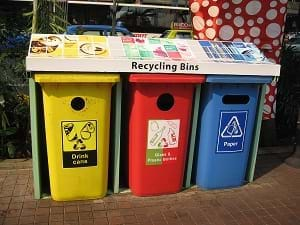
March 2024
Trash Talkin' Activity
Students collect, categorize, weigh, and analyze classroom solid waste. The class collects waste for a week and then student groups spend a day sorting and analyzing the garbage with respect to recyclable and non-recyclable items. They discuss ways that engineers have helped to reduce the accumulation of solid waste.

February 2024
Paper Circuits Greeting Cards Activity
Light up your love with paper circuits this February—no soldering required! Create a sure-to-impress flashing birthday card or design a light-up Christmas card—all with paper circuits! In this activity, students are guided through the process to create simple paper circuitry using only copper tape, a coin cell battery, a light-emitting diode (LED) and small electronic components such as a LilyPad Button Board. Making light-up greeting cards with paper circuitry is great way to teach the basics of how circuits function while giving students an outlet to express their artistic creativity.

January 2024
Solar Water Heater Activity
Student teams design and build solar water heating devices that mimic those used in residences to capture energy in the form of solar radiation and convert it to thermal energy. This thermal energy is next transferred to water (to be used as domestic hot water) in the form of heat. In doing this, students gain a better understanding of the three different types of heat transfer, each of which plays a role in the solar water heater design. Once the model devices are constructed, students perform efficiency calculations and compare designs.
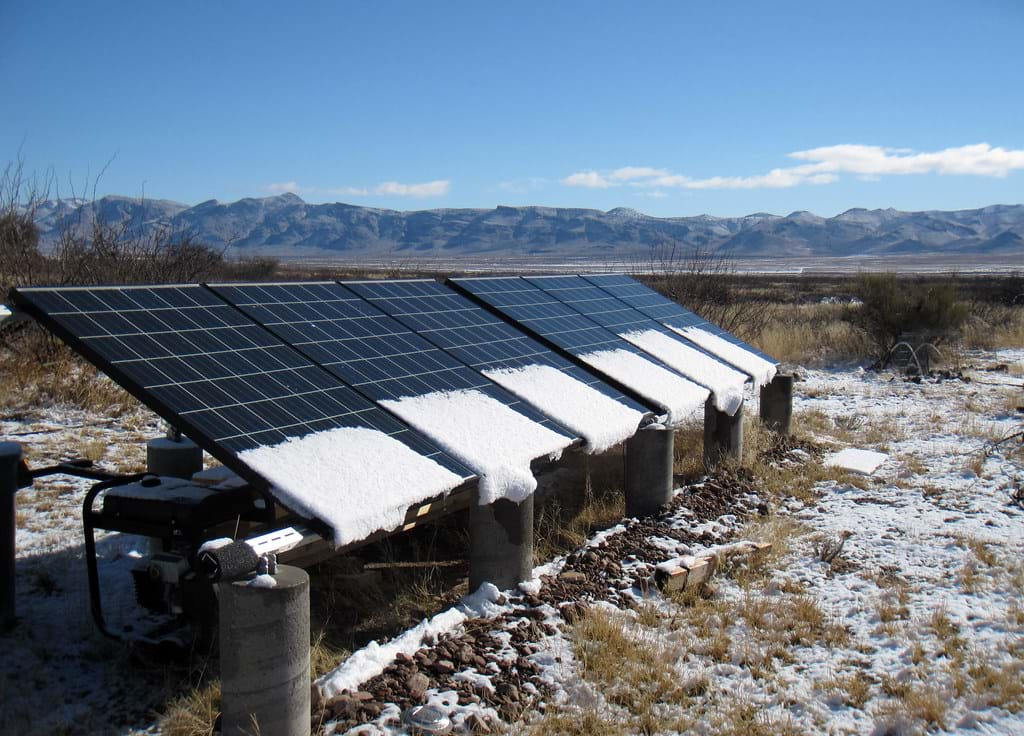
December 2023
Photovoltaics & Temperature: Ice, Ice, PV! Activity
Students examine how the power output of a photovoltaic (PV) solar panel is affected by temperature changes. Using a 100-watt lamp and a small PV panel connected to a digital multimeter, teams vary the temperature of the panel and record the resulting voltage output. They plot the panel's power output and calculate the panel's temperature coefficient.

November 2023
Wild Wind! Making Weather Vanes to Find Prevailing Winds Activity
Students learn the difference between global, prevailing, and local winds. They make wind vanes out of paper, straws, and soda bottles and use them to measure wind direction over time. They analyze their data to draw conclusions about the local prevailing winds.
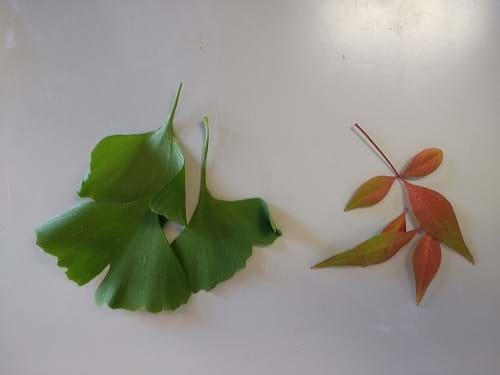
October 2023
Fun with Leaf Chromatography! Activity
Shine a light on the fascinating world of chromatography! Students investigate different colored pigments in a variety of leaves. By using isopropanol and chromatography paper, students separate the different pigments that make up the color of the leaf. They also learn about pigmentation by making sense of the process of the phenomena of photosynthesis, and that producers (or plants), have chlorophyll which absorbs the sunlight to produce the food they need to survive.

September 2023
Absorbing Airplane Noise! Activity
Did you know engineers play a key role in designing buildings that can withstand or limit the amount of noise from nearby machines? In this activity, students engineer a solution to reduce airplane noise for a school located directly next to a large international airport. Using the engineering design process, they construct a model building that best keeps out loud sound so that students in the school are not disturbed throughout the day.

August 2023
Water Bottle Rockets Activity
What makes rockets fly straight? What makes rockets fly far? Why use water to make the rocket fly? Students are challenged to design and build rockets from two-liter plastic soda bottles that travel as far and straight as possible or stay aloft as long as possible!

July 2023
The Magician's Catapult Activity
Reinforce student understanding of compound machines by building a catapult! This compound machine consists of a lever and a wheel-and-axel. Catapults have been designed by engineers for a variety of purposes — from lifting boulders into the air for warfare to human beings for entertainment; the projectiles in this activity are grapes for a magic act.
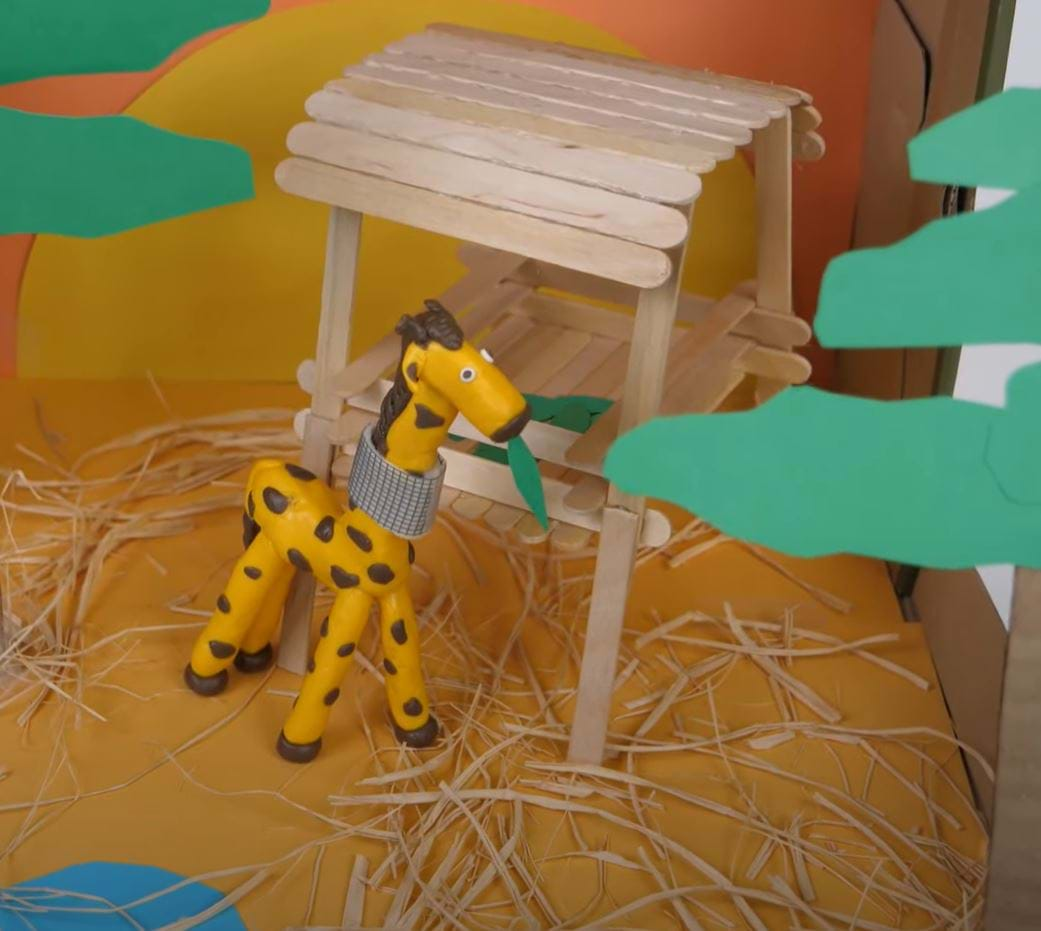
June 2023
Engineering an Animal’s Survival Activity
This unique engineering activity explores helping animals that cannot help themselves. Students research prototypes for an animal to use for its survival and create habitats for their animals to live in using model 3D prosthetics or modeling clay.

May 2023
Building Tetrahedral Kites Activity
Working in teams of four, students build tetrahedral kites following specific instructions and using specific materials. They use the basic processes of manufacturing systems – cutting, shaping, forming, conditioning, assembling, joining, finishing, and quality control – to manufacture complete tetrahedral kites within a given time frame.

April 2023
Building a Piezoelectric Generator Activity
Build simple piezoelectric generators to power LEDs! In this activity, students incorporate into a circuit a piezoelectric element that converts movements they make into electrical energy, which is stored in a capacitor. Once enough energy is stored, they flip a switch to light up an LED. Students also learn how much (surprisingly little) energy can be converted using the current state of technology for piezoelectric materials.

March 2023
Swing in Time Activity
Studying the motion of pendulums helps students gain an understanding of the use of timing and intervals in engineering. In this activity student groups conduct an experiment and collect and graph data based on their findings. The test different weights and make predictions about the period of time in which their pendulums swing.

February 2023
Reaction Exposed: The Big Chill! Activity
Discover the primary relationships to engineering that exist between bench scale and full scale in this activity, where students investigate how citric acid and sodium bicarbonate (aka baking soda) react to form sodium citrate, water, and carbon dioxide. By analyzing the test matrix data, they determine the optimum quantities to use in their own production companies to minimize material cost and maximize carbon dioxide production.

January 2023
Saltwater Circuit Activity
How conductive is saltwater compared to freshwater, if at all? In this activity, students investigate the conductivity of saltwater and develop an understanding of how the amount of salt in a solution impacts how much electrical current flows through the circuit. They learn about one real-world application of a saltwater circuit — as a desalination plant tool to test for the removal of salt from ocean water.

December 2022
Creating Model Working Lungs: Just Breathe Activity
Breathe in... breathe out... ahhh! In this activity, students explore the inhalation/exhalation process that occurs in the lungs during respiration. Using everyday materials, each student team designs a lung model.

November 2022
To Pollinate or Not to Pollinate Activity
By studying how bees and flowers interact with one another, we can also understand engineering practices related to our environment! In this activity, students engineer a model of a flower to test different materials’ ability to pollinate another flower.

October 2022
Paper Circuits Greeting Cards Activity
Create a sure-to-impress flashing birthday card or design a light-up holiday card—all with paper circuits! In this activity, students are guided through the process to create simple paper circuitry using only copper tape, a coin cell battery, a light-emitting diode (LED) and small electronic components such as a LilyPad Button Board.

September 2022
Edible Rovers Activity
Design a Mars exploratory rover, with a tasty twist! In this activity, students evaluate rover equipment options and determine what edible parts fit in a NASA budget that the teacher provides. With a parts list, teams use these constraints to design for their rover. The students build and display their edible rover at a concluding design review.
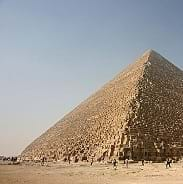
August 2022
Stack It Up! Activity
Learn how to design an amazing engineering marvel from the ancient world: the pyramid! In this activity, students work in engineering teams to perform calculations to determine the area of the pyramid base, stone block volumes, and the number of blocks required for their pyramid base. Students also make a scaled drawing of the pyramid using graph paper.

July 2022
Make Your Own Temperature Scale Activity
What's the difference between temperature and thermal energy? Have your students explore these concept as they use the engineering design process to create thermometers using simple materials and to develop their own scales for measuring temperature. They compare their thermometers to a commercial thermometer, and get a sense for why engineers need to understand the properties of thermal energy.


